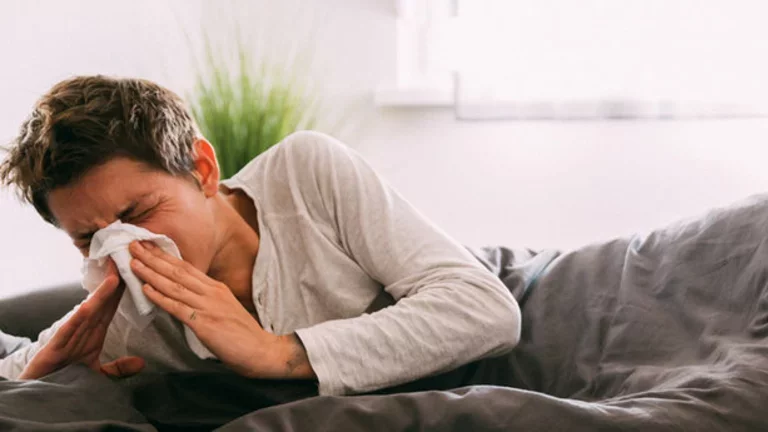How to Use CPAP With a Stuffy Nose - 3 Solutions
Do you wish there was a CPAP setting for a stuffy nose? Nasal congestion from a cold or allergies makes it difficult to breathe out of your nose while asleep and symptoms may be worse for people who have sleep apnea. A blocked nose may also result in mouth breathing, which can lead to less effective CPAP therapy for those who wear a nasal or pillow mask.
Using a chin strap, positional device or CPAP pillow may provide some temporary relief but when it comes to congestion, using your CPAP machine at night with a stuffy nose can be unbearable. Fortunately there is a solution. Here are 3 simple tips for using CPAP with a stuffy nose.
Solution 1: Add Humidification to Your CPAP or Adjust Your Settings
Solution 2: Use a Heated Hose
Stuffiness may occur because your nose is unable to warm the air coming through the hose fast enough on its own. Warmer air from a heated CPAP hose does the job for you by providing humidity and helps reduce nasal irritation or additional stuffiness. This is especially important for those who require high pressure settings or live in colder and drier climates. A heated hose also generally helps reduce waking up with a dry mouth which can be an uncomfortable side effect for CPAP users.
Solution 3: Consider using a full face mask
If you are still having trouble, try these additional tips:
- Saline spray or rinse - inexpensive and effective relief that can be used often
- Cold and flu medications - suppress cough, thins mucus and improve sleep
- Nasal decongestants - relief from chronic congestion related to allergies
As always, consult your physician before taking any medication. If you’re interested in learning more, contact us today to book an in-person or virtual appointment with one of our registered clinicians. If you need supplies, you can fill out this short order form and one of our team members will call you back to confirm your order.
If you have not yet been diagnosed with sleep apnea and suspect you may have it, book a sleep apnea test at a nearby VitalAire sleep clinic.
References:
https://cornermedical.com/the-health-dangers-of-dirty-cpap-equipment/
https://www.verywellhealth.com/should-i-use-cpap-with-a-cold-3015022
https://www.sleepapnea.org/cpap/cpap-humidification/
https://www.terrycralle.com/the-dangers-of-using-a-dirty-cpap/
https://www.resmed.com/en-us/sleep-apnea/sleep-blog/manual-mode-know-yo…
Alex Horowitz, Sandra Horowitz MD FRCP(C), and Chinhak Chun MD, CPAP Masks are Sources of Microbial Contamination, SleepHealth Centers, Division of Sleep Medicine, Brigham and Women’s Hospital, Harvard Medical School, Boston, APSS Poster 2009
https://www.thecpapshop.com/blog/cpap-humidification-and-heated-tubing/…;



